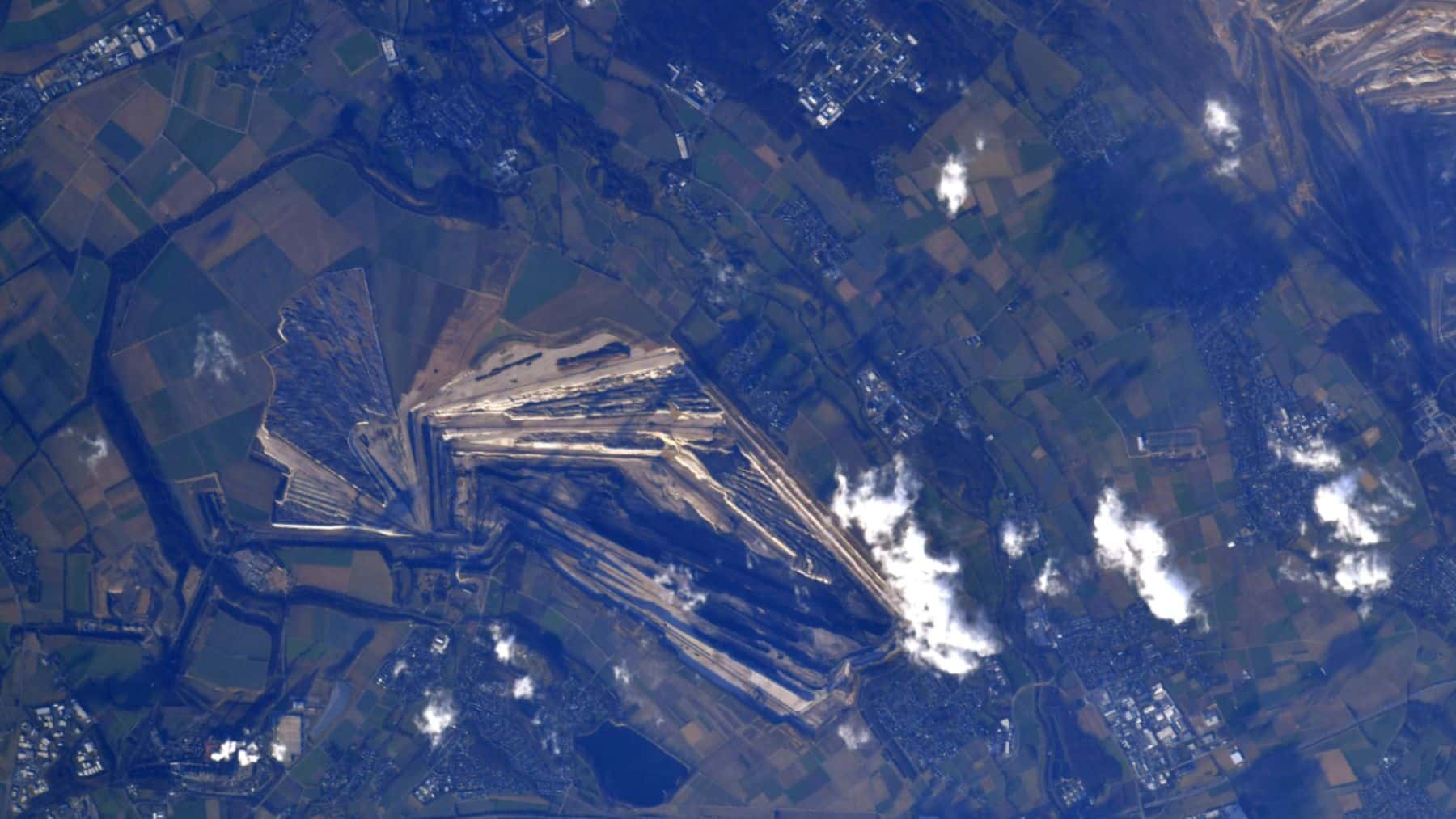In recent years, the rivalry between China and the United States has spilled far beyond trade wars or chip sanctions. Today, it’s a silent duel for the control of tomorrow’s energy. While Washington doubles down on semiconductors, tariffs, and old alliances, Beijing seems to be playing an entirely different game — one of patience. Rather than fighting head-on on American turf, China quietly secures access to the resources that truly matter. And among all of them, one stands out like a hidden trump card: uranium.
How China is moving its pieces in silence
On paper, the U.S. still looks strong: enrichment capabilities, stockpiles, and friendly suppliers like Canada and Australia. But let’s be honest — America is stuck reacting. A strategy of defense, not offense. Beijing, meanwhile, builds patiently.
- It bankrolls solar and wind farms that sprout across Central Asia.
- It lays down pipelines and corridors that stitch the region tighter into the Belt and Road fabric.
- And in nuclear energy, it is signing long-term contracts to ensure a stable supply of uranium.
It’s worth remembering that until recently, Central Asia was perceived as Russia’s backyard, limited to fossil fuel projects. Today, it appears on China’s radar as an absolute priority. And it is precisely in this scenario that Beijing’s new ally emerges, the country that could change the global energy balance: Kazakhstan. The country is the largest producer and exporter of uranium on the planet, responsible for about 43% of global supply and the majority of global exports.
An energy pact rewriting Central Asia’s balance of power
It’s important to remember that cooperation between the two countries wasn’t born yesterday. Since 2015, bilateral agreements have been signed, first on infrastructure and conventional energy. But when the focus turned to renewables, and then uranium, the relationship reached another level entirely. For China, the payoff is obvious: guaranteed nuclear fuel for its reactors, essential to cutting coal dependence. For Kazakhstan, the upside is just as clear: investment, modern infrastructure, and privileged access to the Chinese market.
Of course, the regional context is complex. This is because Russia is pressuring Kazakhstan to buy more gas, seeking to maintain its historic influence in the region. By accepting Chinese investments, it finds a counterbalance to this pressure and diversifies its alliances. Beijing, in return, reduces its vulnerability to Western sanctions and gains a reliable source of uranium, an increasingly strategic resource in times of global instability.
This relationship shows how Chinese energy diplomacy is different (not to mention the fact that the country just concluded the alliance of the century): instead of imposing heavy debt conditions, as in the past of the Belt and Road, today it adapts to local rules, participating in clean energy auctions, establishing industrial partnerships and even adapting to the demands of local equipment production.
How Washington lost the uranium race to China
So where does America stand? Frankly, on the back foot.
- Dependence – The U.S. still imports a hefty share of the uranium it burns.
- Asian competition – While Washington is slow to build new partnerships, Beijing is closing decades-long contracts with strategic suppliers.
- Political influence – China uses energy as diplomatic leverage. It’s not just trade, it’s a power strategy.
While the West tries to “contain” Beijing, China hoards strategic assets. Nuclear energy isn’t just another clean alternative in its portfolio — it’s a pillar of national security. And with Kazakhstan in its corner, China isn’t just diversifying; it’s shielding itself politically. That leaves the U.S. in an uncomfortable spot. Even more so with this other recent development, in which this white desert that is humanity’s future has brought Russia and China together. If Beijing and Moscow deepen coordination here, Washington risks watching the board tilt irreversibly eastward.















